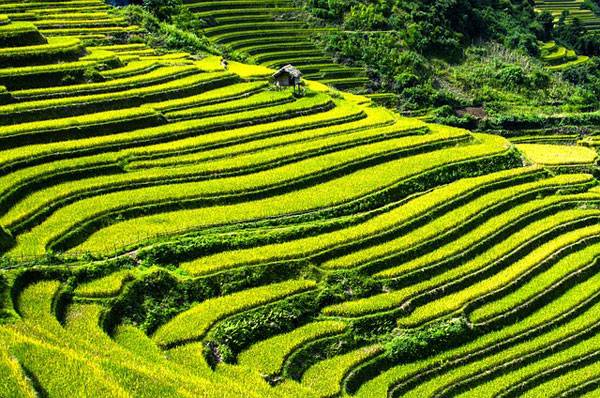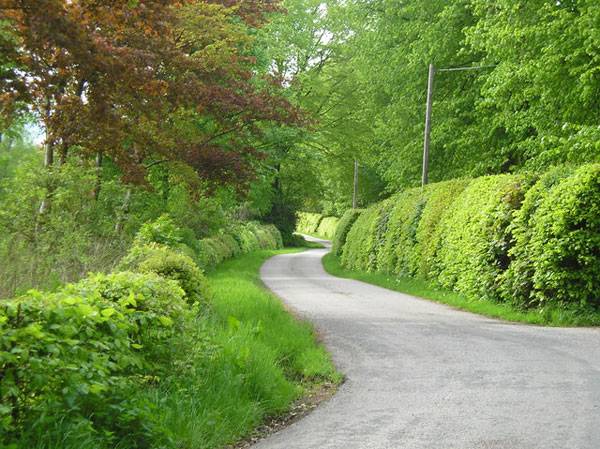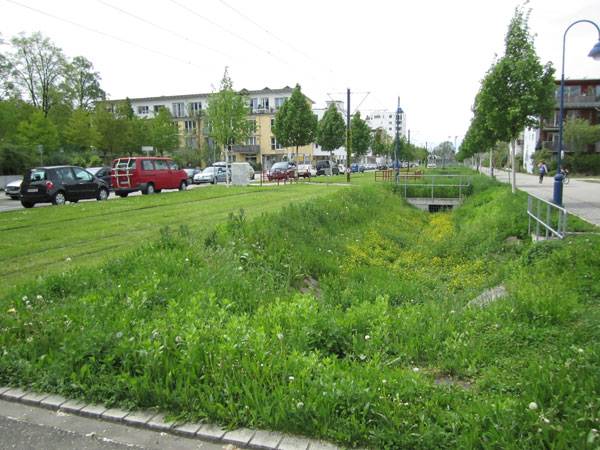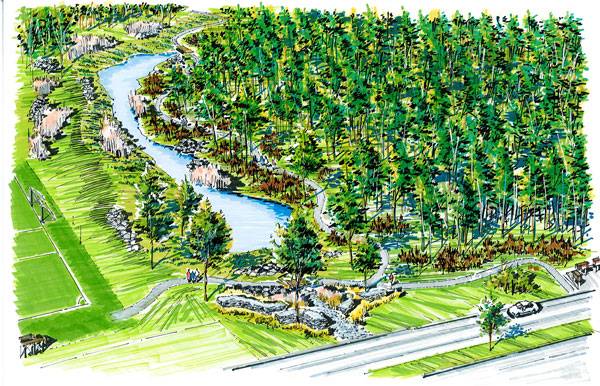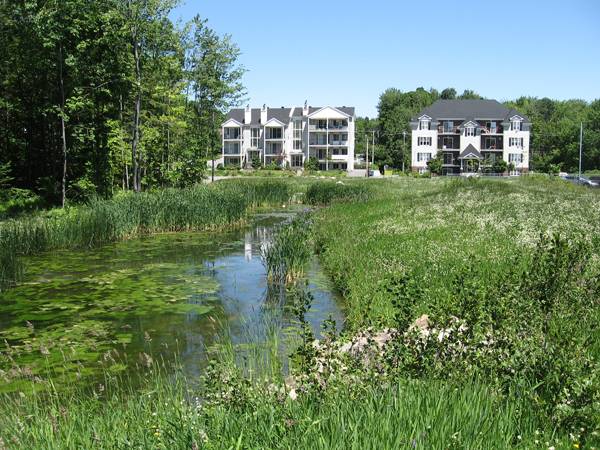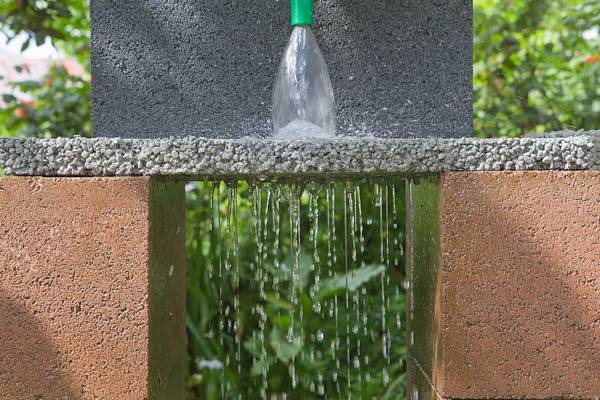Effective and sustainable ways to conserve water in landscape architecture. As we all know, water is essential to life, whether for humans or for any other living things. Water is a natural resource necessary but perceived as a limited commodity today. Furthermore, urban development generally leads to soil sealing. This generates disturbances in the water cycle and often causes flooding following the runoff from impervious surfaces that increase water velocity and therefore causes a lot of damage. So, poor management of water can cause damage to water systems and the environment. Therefore, it is imperative to act for better water management to promote its evacuation and the recovery of its natural cycle.
Here are 9 Methods we Can Apply to Conserve Water:
1. Meadows and floodplains When we are in a situation where runoff water is abundant and that its volume or speed can cause damage; (for example in the case of a steep slope), it is interesting to create a grassed waterway called a swale, or allow water to flood a meadow. This allows the speed of the water to slow down and acts as a filter to help retain soil nutrients as well as pesticides transported by runoff. This last point is important because in most cases these waters are headed directly into a ditch or stream. Retaining the pesticides in land allows the water quality to be improved.
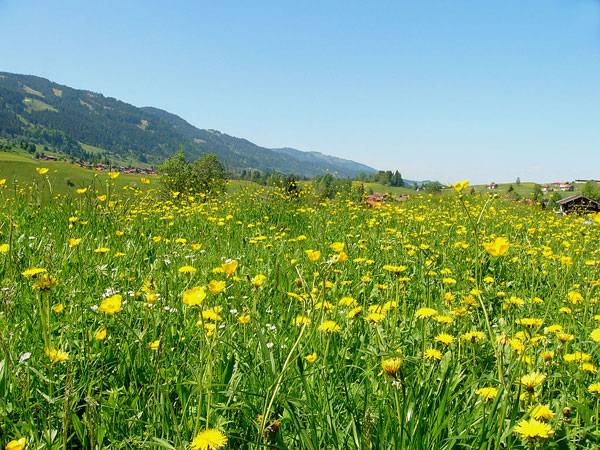
View of wildflower meadows in rural area in the municipality of Obermaiselstein located in the Allgäu region of the Bavarian Alps in southwest Germany. Credit: Nikater, licensed for Public Domain
- Innovation in Water Management for Stunning Landscape Design
- What Landscape Architects Need to Know About Water Shortages
- 10 Practices Showing That “Sustainability” is More Than Just a Buzzword!
WATCH: What is the value of a peat bog? 7. Maintain forests Forests have beneficial effects in every way, whether for the conservation of water and soil or as a carbon reduction and atmospheric pollution measure. For these reasons, it is important to conserve forests. But today we also see a new phenomenon, that is urban forests. This is a positive alternative when forests do not exist or are not sufficient to meet the ecosystem services we need. WATCH: Benefits of Urban Forests Regarding the conservation of water, trees play a major role in regulating the water as they participate in the water cycle, allowing a percentage of the rain to reach the ground and going directly back into the earth’s natural systems. Also, a small percentage of the rain which falls on trees evaporates directly from leaves, integrating it back into the earth’s atmosphere. Further more, planting an urban forest can reduce ambient temperatures, mitigating the effects of the phenomenon of urban heat islands, caused by surface concrete and asphalt. 8. Permeable pavements To reduce the saturation of hydrological networks and water runoff, it is important to think about making landscapes with the greatest permeable surface as possible. Thus, we can act on parking lots, tram tracks, pathway surfaces… All these combined actions allow to greatly reduce soil sealing.
Don’t miss our essential guides, including a special feature on permeable paving. 9. Select plants suited to the climate and soil Despite a wide range of plants in the nursery, not all are necessarily adapted to our climate. You have to choose plants that are adapted to the climatic conditions in your area and soil present in your garden. Thus, opting for native plants you will get a more durable and less demanding garden. WATCH: Xeriscape is not a garden, it’s a system However, nurseries indicate that the succulent plants or gray foliage are more drought resistant. Among these plants, we can mention mugwort (Artemisia vulgaris), rosemary (Rosmarinus officinalis), lavender (Lavandula sp.) and thyme (Thymus sp.) or sedum (Sedum sp.) and fescue (Festuca sp.), stipa (Stipa sp.), miscanthus (Miscanthus sp.) and pennisetum (Pennisetum sp.). So water management in the territory is an important element to consider when designing a project as it acts on other elements such as the reduction of erosion, the increase of biodiversity, and it also improves the relationship that people have with water. Therefore, it is necessary to act for its preservation in our landscapes. Recommended Reading:- Landscape Ecology Principles in Landscape Architecture and Land-Use Planning by Wenche Dramstad
- Principles of Ecological Landscape Design by Travis Beck
Article by Alexandra Wilmet. Return to Homepage
Published in Blog


